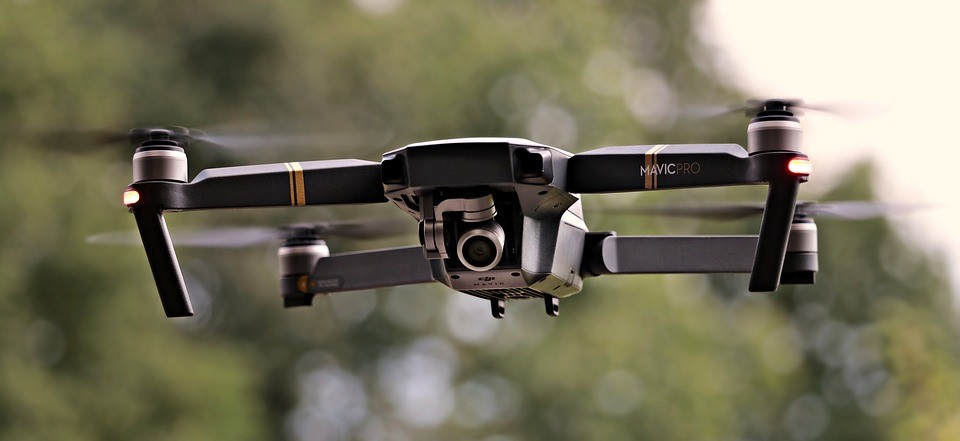We asked our friends at Assignment Geek for some help on drones, specifically on how to fly them as most of us are bookworms and wordsmiths and haven’t had a lick of science training. Luckily, our trustworthy experts at Assignment Geek came through. The company’s professional writers did their research and provided us with an excellent custom written essay for our uses. So, here is what they had to teach us about flying a drone for the first time.
Know Your Local Laws
There was a time when you would need to register your drone before a flight. However, this requirement is now gone as drones have become much more popular and generally safe to handle. Still, you need to know your local laws which generally prevent people from invading private spaces, taking pictures of people, and flying in areas that can put others in danger.
You Are Going to Crash!
If you are completely new to the hobby, it’s best for you to acknowledge the fact that you will likely crash a few times before you get the hang of flying your drone. That is why we recommend you practice flying low before venturing towards higher altitudes. While drones are generally fragile, you can usually get by crashing a few times from low altitudes.
Know the Specs and Parts
Upon first getting your drone, it’s essential you take the time to learn all of the specifications and parts. Get to know your frame, motor(s), controller, propellers, charger, and battery. These things should all be functioning properly before each flight and be sure to recognize when one part may need fixing or replacing. If you need to get replacement parts, know where to get them
Update System Firmware
People new to this hobby, often forget to check for and update the system’s firmware. All you need to do is hook-up your controller to your computer, and the system will check for any updates. It’s important you do this every few weeks, but it’s even better if you do this before each flight session.
Practice Maneuvering
Maneuvering is the fun of it all. It’s what makes you a pilot in a sense and is the most difficult thing to master. Start low and try out different turns and angles. Practice lifting and landing. And beware of obstacles; stay away from anything your drone might crash into until you are comfortable moving around in the air.
Learn the Tech Modes
There are three common tech or flight modes: manual, automatic, and GPS. Manual is a lot like flying a helicopter and the most difficult to master of the three. Auto will set the drone to level once it’s in the air, and the flight sticks are set. GPS is similar to auto, but relies on GPS technology and tracking to set the drown level.
Start Over Clear Areas
Most people fly drones over park areas or lakes and rivers. This is actually more than just a safe practice and required by most local laws, but it also makes sense for a drone’s owner to stay away from obstacles such as trees and power lines. Remember, that a drone can easily lose power or lift, which leaves the drone uncontrollable and entirely at the mercy of the wind.
Land Before Sharing
It may be tempting to fly for a few minutes and then share your experience by handing off the controls to the next person. Don’t do this until after you’ve landed – even after you feel experienced enough to do so. Despite it being a fun hobby, drones are still subject to flight physics, and a simple misstep in sharing controls can cause your drone to crash.
Beware of Battery Life
Battery power runs out very fast! Don’t feel confident about taking to the skies with less than half charge. Also, note that you will likely have to replace batteries frequently. You’re not running a low-power toy. The drone won’t slow down and make a soft landing when the power goes; they will just stop working mid-air and fall down.
Always Clean the Drown
No matter how clear the skies may look over your area – the air is filled with millions of microscopic particles that carry dirt, among other things. Your drone’s parts will need to be cleaned often. So we recommend you make it a habit to do so before or after each flight. This will give you a smoother flight and will keep your drone working fine for a longer period of time.
In conclusion, drones are fun but pretty complicated. Don’t go spending too much money on one without expecting to have to pay for repairs. That, however, shouldn’t stop you from having your fun if you have been interested in trying out this relatively new and generally affordable hobby.
